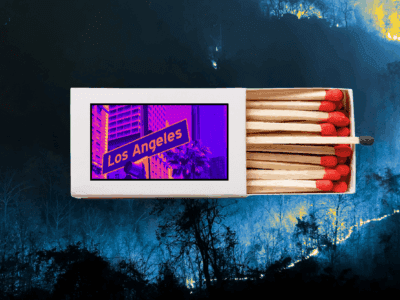Red #3 is Going
Will OYGBIV Follow?
Yesterday’s FDA’s ban on the food dye red #3, which takes California’s recent ban nationwide, is welcome and long overdue. Red #3 is a known animal carcinogen, and appears to have been excluded from an earlier FDA ban on its use in cosmetics and externally applied drugs primarily through clerical error. As I described in a Halloween op ed in The Hill, the safety standard in Federal Food, Drug, and Cosmetic Act regulations compels FDA to deny market access to synthetic food dyes unless there is “a reasonable certainty of no harm”; red #3 and other numbered dyes cannot meet this standard.
Food safety activists see the ban on red #3 as only a first step in regulating what the Center for Science in the Public Interest describes as a Rainbow of Risks from artificial colors. A key question is whether and when the FDA will address the rest of the rainbow’s hues, to which consumers are often exposed in combination. A root beer barrel candy, for example, typically contains five different artificial food colors to yield its brown.
In the immediate wake of FDA’s announcement, Consumer Reports circulated a sign-on petition to FDA that requests expansion of the ban to an additional red dye, and also to yellow, green, and blue artificial food dyes:
Petition to Food and Drug Administration
In light of the FDA’s ban on the known carcinogen Red Dye 3 in our nation’s food supply, we urge you to ban six other chemical dyes in food that are linked to a range of health problems, particularly in children. Red 40, Yellow 5 & 6, Blue 1 & 2, and Green 3 were recently banned by California in foods served to school children in the state because of health risks, including hyperactivity and other neurobehavioral issues that interfere with learning. It’s time for the FDA to extend these safety protections to all Americans, and get these harmful chemicals out of everyone’s food.
What of the rainbow’s orange and violet? FDA cancelled registration of the one authorized violet dye in the 1970s, after Japanese studies showed that it caused cancer in female rats; U.S. regulators had approved the dye based on studies of male rats only. FDA has likewise already withdrawn most orange dyes from the market based on health concerns. Today, only one remains lawful. Confusingly named “Citrus Red No. 2,” the dye is used in some orange-growing states to make oranges their namesake color even when they are naturally greenish when ripe. (California and Texas, which grow naturally orange-colored oranges, prohibit the use of this dye.)
Curious about the status of Citrus Red No. 2—and seeing an opportunity to spot-check activists’ frequent complaint that FDA’s food safety program is under-resourced—I recently FOIA’ed the agency to see what it knows about orange dye in the U.S. citrus supply.
I asked if FDA had records identifying producers who artificially color their oranges. (Answer: No responsive records.) I asked if the agency had information regarding the market in artificially colored oranges, by sales volume or market share. (Answer: No responsive records.) Knowing that FDA regulations prohibit use of dyed oranges in commercial production of orange juice based on safety concerns, I asked whether FDA had records pertaining to any evaluation of safe conditions for use of Citrus Red No.2 by consumers who might ingest Citrus Red No.2, such as by consuming candied orange peels or orange zest, or squeezing of orange peels in making fresh juice. (Answer: No responsive records.)
Finally, I asked for records describing any enforcement of the FDA regulation requiring a consumer disclosure when oranges are artificially colored with Citrus Red No. 2 . . . as I’m sure I’ve never seen such labeling in any state’s supermarket. (Answer: no responsive records.)
Such responses hardly inspire confidence that FDA is routinely surveilling the food dye space. On the bright side: If the incoming administration turns out to be serious about improving the healthfulness of Americans’ diets, enhancing regulatory attention to synthetic food colors appears to offer some very low-hanging (and possibly, dyed) fruit.








Reader Comments